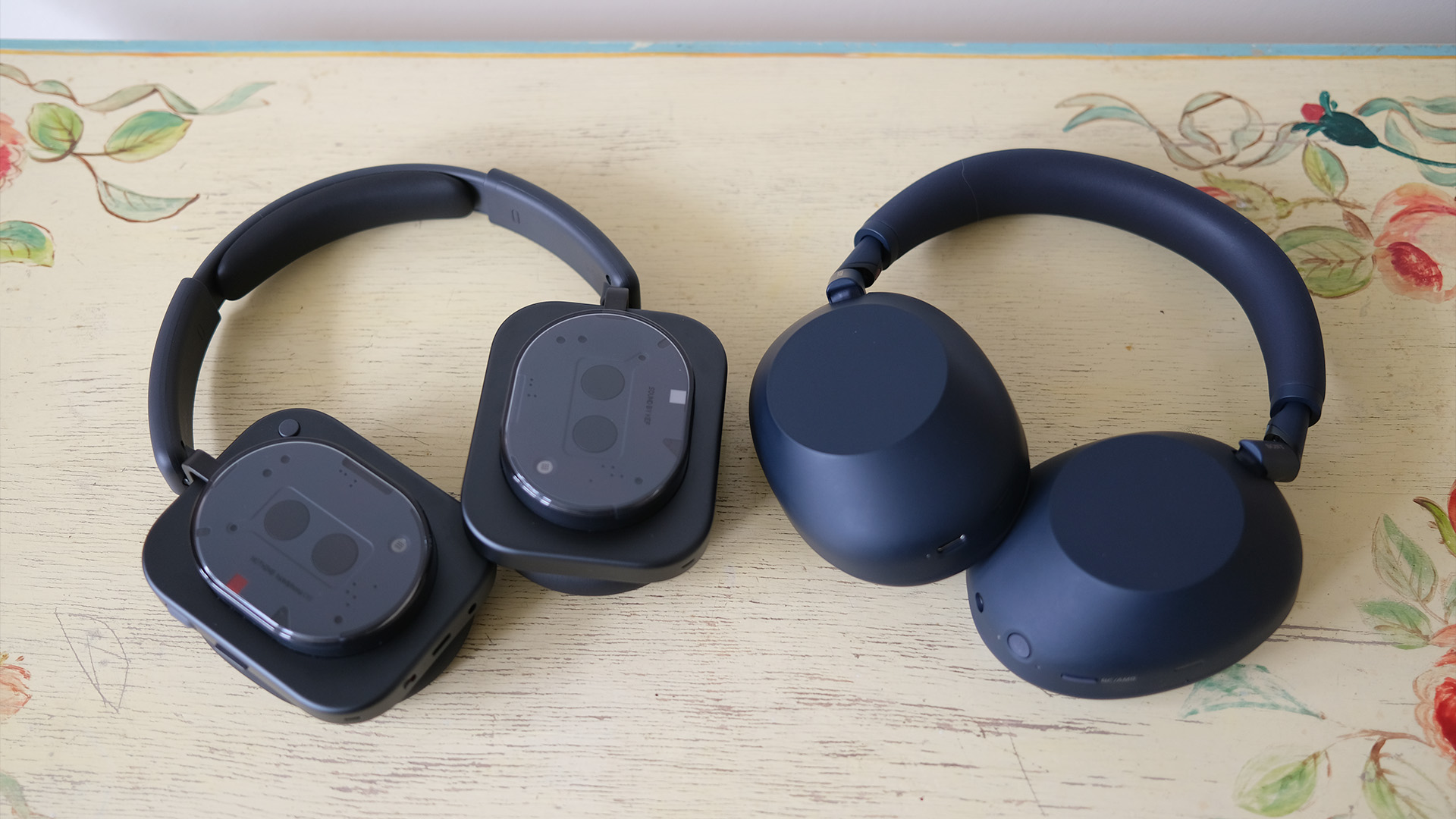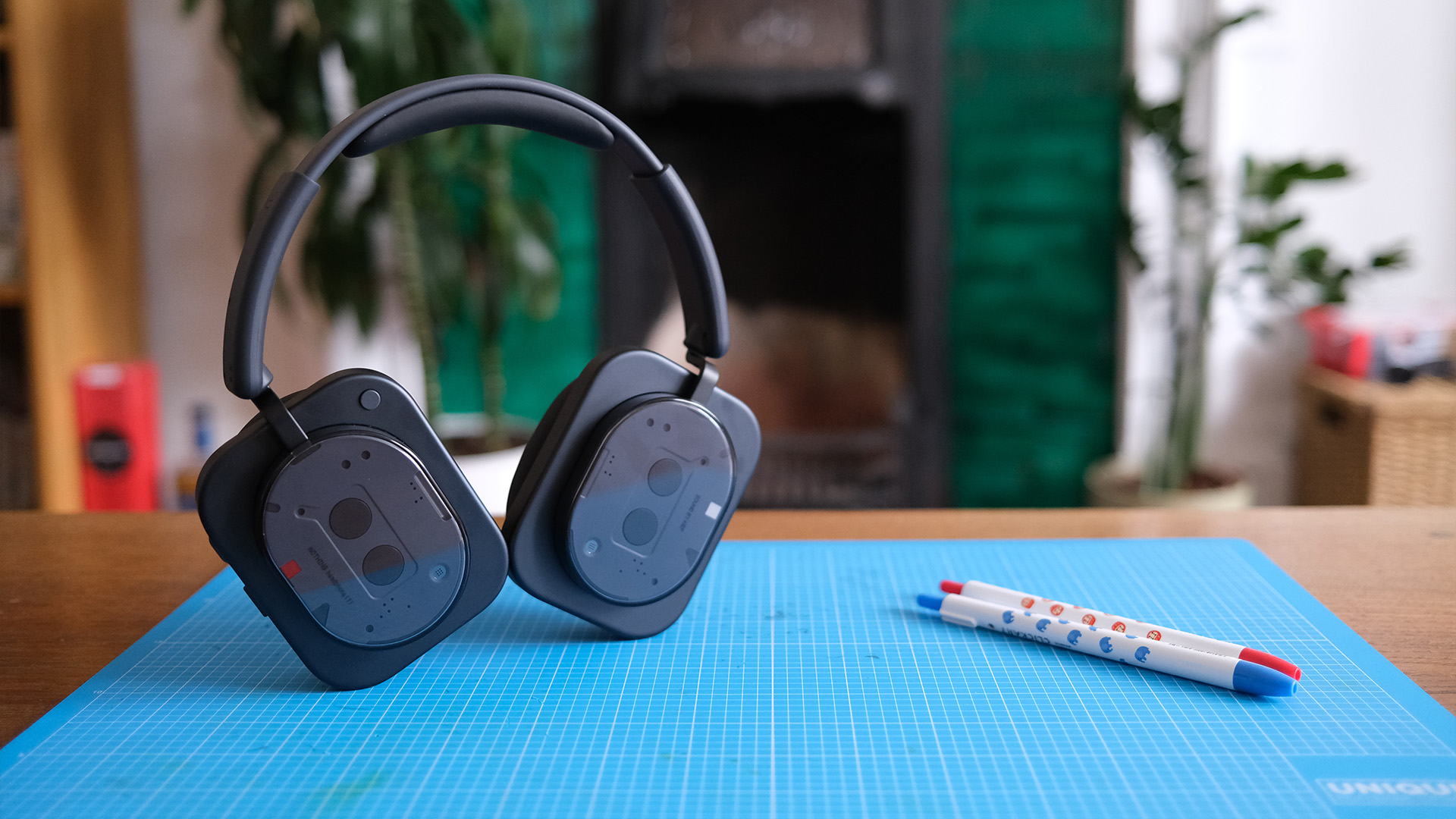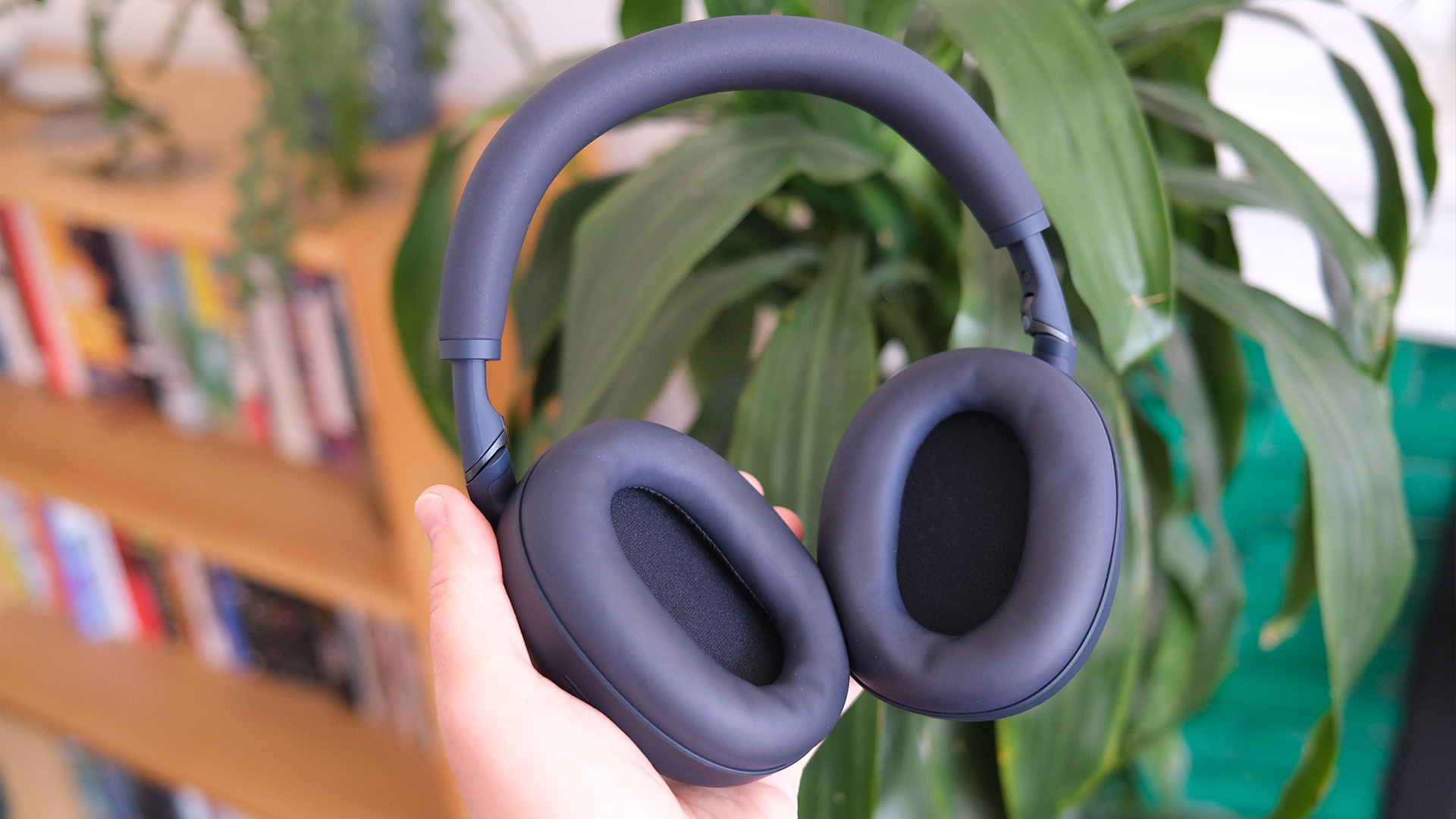Sony WH-1000XM6 or Nothing Headphone (1) – which should you buy?
Two punchy headphones, but one clear winner


When Nothing finally unveiled the Headphone (1) earlier this summer, it became immediately obvious that it was aiming to disrupt a market that's been pretty stable for a long time – over-ear headphones. There are some huge names that have reigned in the space for ages, and few are bigger than Sony.
Its own newest headphones, the WH-1000XM6, were also released this summer, and that means you might be wondering which of the two is the better buy. The long-standing kings of the category? Or the new entrant that undercuts the competition? Well, I've used both for dozens of hours, making me ideally placed to walk you through which are the best headphones overall.
Sony WH-1000XM6 or Nothing Headphone (1): Price
I've already mentioned it, but let's return to the question of price, because it's completely central to the difference between these two sets of headphones. Sony's cans are super premium, and their price reflects that, sitting at a chunky £400, $449.99 or €450.
By contrast, Nothing has pitched the Headphone (1) just below this level, coming it a more wallet-friendly £299, $299 or €299. Let's be clear, that doesn't make them entry-level, but it can't be ignored that they're about a quarter cheaper than Sony's option.
As I'll cover, this probably all plays into a sense that you get what you pay for, but bear the price difference in mind as you compare the two headphone options.
Sony WH-1000XM6 or Nothing Headphone (1): Design

Getting straight into more detail, these headphones very obviously come from different attitudes to design. Nothing has gone all-out to make its Headphone (1) look unlike anything else on the market, where Sony has instead gone for the stealthy, low-key approach.
I'm a big fan of Nothing's work here, and I'm adamant that the Headphone (1) looks more crazy in images than it does on someone's head, but there's no getting around the fact that it's a louder look. They're still very comfortable, thankfully, but the squared-off design draws the eye a lot more.
Get all the latest news, reviews, deals and buying guides on gorgeous tech, home and active products from the T3 experts

Sony's headphones, by contrast, are similar to the XM5s that preceded them, and also score very highly on comfort. They're substantially lighter than Nothing's headphones, at 250g to Nothing's 329g, and that makes them airier to wear for long periods, which pulls them ahead.
The biggest change to the new XM6s' design is the return of a proper folding mechanism, which means their case is smaller and they can fold up even more tightly if you don't use it. Nothing, by contrast, doesn't let its headphones fold up much beyond rotating the cups, and its case is therefore larger (though very thin).
This all means that while Nothing's design is super impressive aesthetically, Sony comes out on top thanks to design work that ensures its headphones fit into daily life more seamlessly.
Sony WH-1000XM6 or Nothing Headphone (1): Features & sound quality
So, which set of headphones wins when you pit them head-to-head on features? Well, both offer one key headline feature – adaptive noise-cancelling. However, when you use them for extended periods of time, it becomes clear that Sony has the upper hand here.
Its noise-cancelling is much more pronounced on the XM6s, and does a noticeably better job of cocooning you while you're on public transport or in an environment with a lot of background noise. Nothing's version is very decent, but a clear step down overall.

That goes for actual raw sound quality, too. Sony's headphones sound about as good as you can get from anything less than an audiophile setup (with the constraints of wireless audio). They have great detail, a good amount of power when you want it, and retain impressive balance across all the registers.
Nothing's sound is very good for £100/$100 less, though – there's a reason why I gave both of these headphones five-star reviews in their respective write-ups. It's punchy, too, and really only falls down in the detail department compared to Sony.
On battery life, Nothing scores a hit. The Headphone (1) can last for up to 35 hours of listening time when ANC is turned on, which is almost identical to the Sony XM6's output. However, only Nothing lets you turn ANC off completely, and doing so lengthens your battery life to a massive 80 hours, making it really handy if you don't have access to a charger but want more time.

Nothing is also ahead on controls, thanks to a focus on buttons and a decision to ignore touch controls. It has a really great paddle button and roller button combo, which lets you intuitively scroll through tracks and adjust your volume, plus a customisable outside button to let you activate a setting you choose from a list.
Sony's on-earcup touch controls are about as good as any I've tried, but I still much prefer physical buttons, and even its power switch can be a little confusing, since you have to hold it down for a while to turn the headphones off when you're done with them.
Sony WH-1000XM6 or Nothing Headphone (1): Overall
So, Sony wins on design, comfort and sound quality, for my money – but that's not the whole story. Nothing has done some stirling work on its first ever over-ear headphones, and demonstrates that battery life and controls offer clear areas where Sony can improve in subsequent models.
Plus, of course, the Headphone (1) is substantially cheaper, making it a great option for someone with a lower budget who's keen to stand out a little, and values unique design decisions over conformity. For most, people, though, if they can afford Sony's more expensive headphones, they're the clear winners overall – and heartily recommended.

Max is T3's Staff Writer for the Tech section – with years of experience reporting on tech and entertainment. He's also a gaming expert, both with the games themselves and in testing accessories and consoles, having previously flexed that expertise at Pocket-lint as a features editor.
You must confirm your public display name before commenting
Please logout and then login again, you will then be prompted to enter your display name.